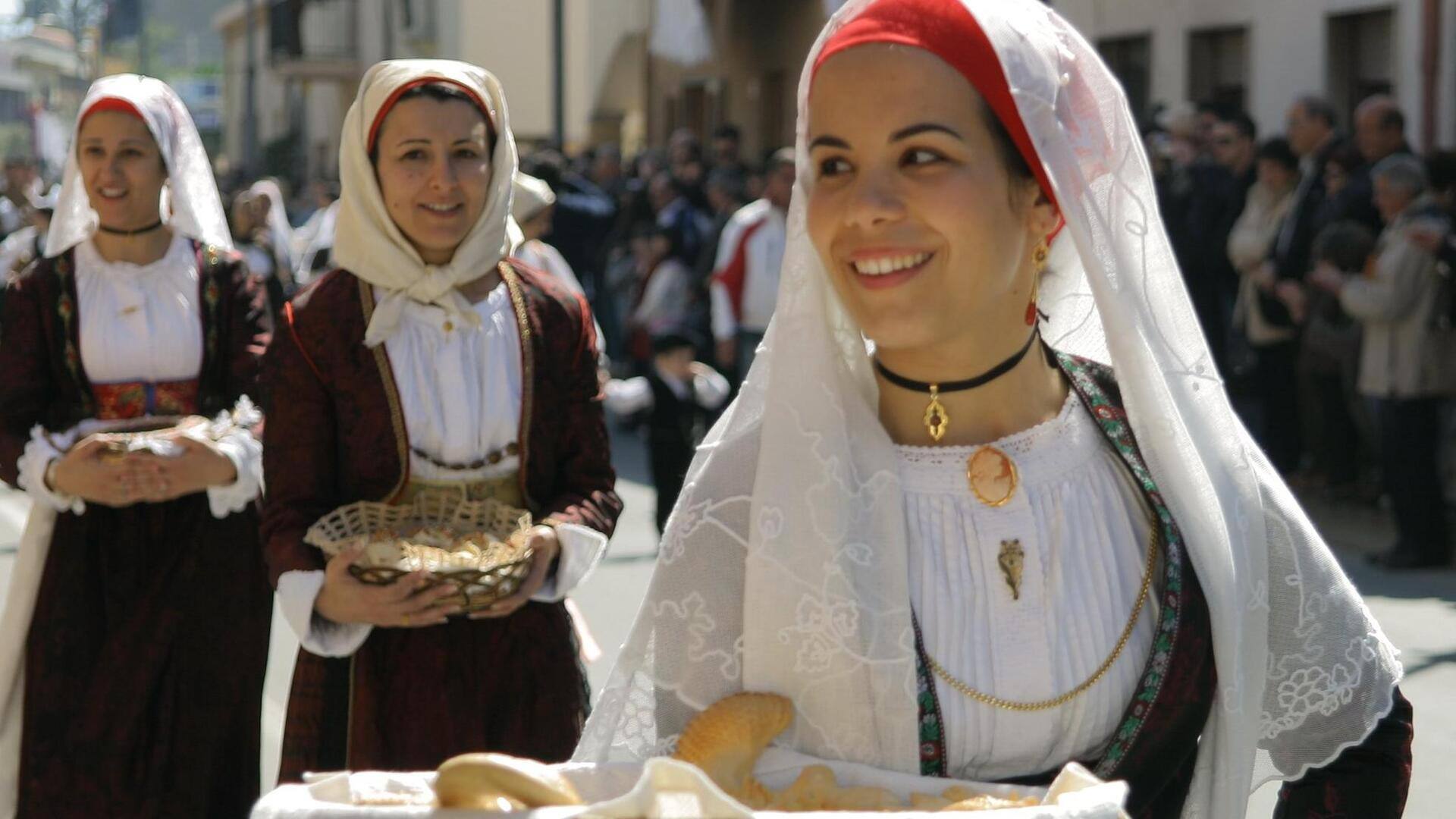The island of Sardinia showcases a rich tapestry of history through its traditional costumes. These garments, steeped in symbolism and crafted with meticulous care, are more than mere attire; they are narrators of a cultural saga. This article explores the depth of Sardinian costume heritage, providing a glimpse into its vibrant past and present, and celebrating its ongoing legacy.
Historical tapestry unraveled Sardinian traditional costumes, with roots stretching back centuries, reflect the island's rich tapestry of influences from Phoenician to Spanish rule. Each outfit, varying significantly across villages, embodies local identity and social standing. The detailed embroidery, use of luxurious fabrics, and unique accessories narrate tales of community life, festive celebrations, and the everyday existence of the Sardinian people.

Symbols woven in fabric Every thread in Sardinian attire carries meaning. The "Sa Berritta," a headdress for women, signifies marital status; colors and patterns on the "Sa Gonna," or skirt, indicate a woman's village. Men's "Sa Camisa" shirts are adorned with fine detail signifying their skills or profession.
Understanding these symbols offers insight into an individual's place within the societal fabric. Preserving tradition today To preserve this rich heritage in the face of modernity, active engagement is crucial. One can support this by engaging with local artisans who employ age-old techniques to craft these costumes.
This can be done by par.
















